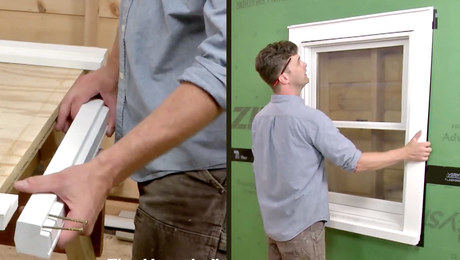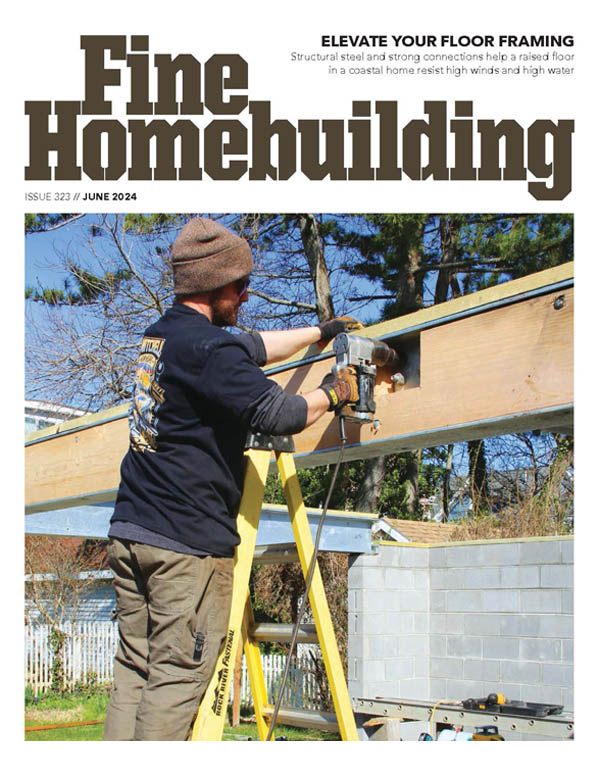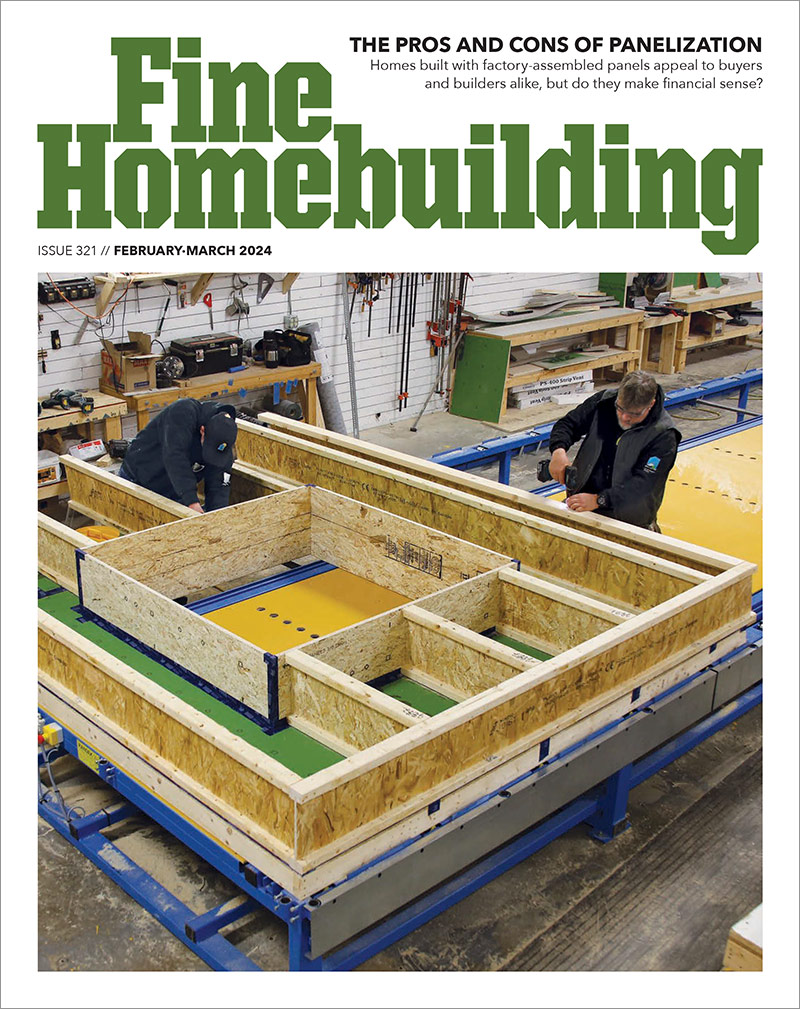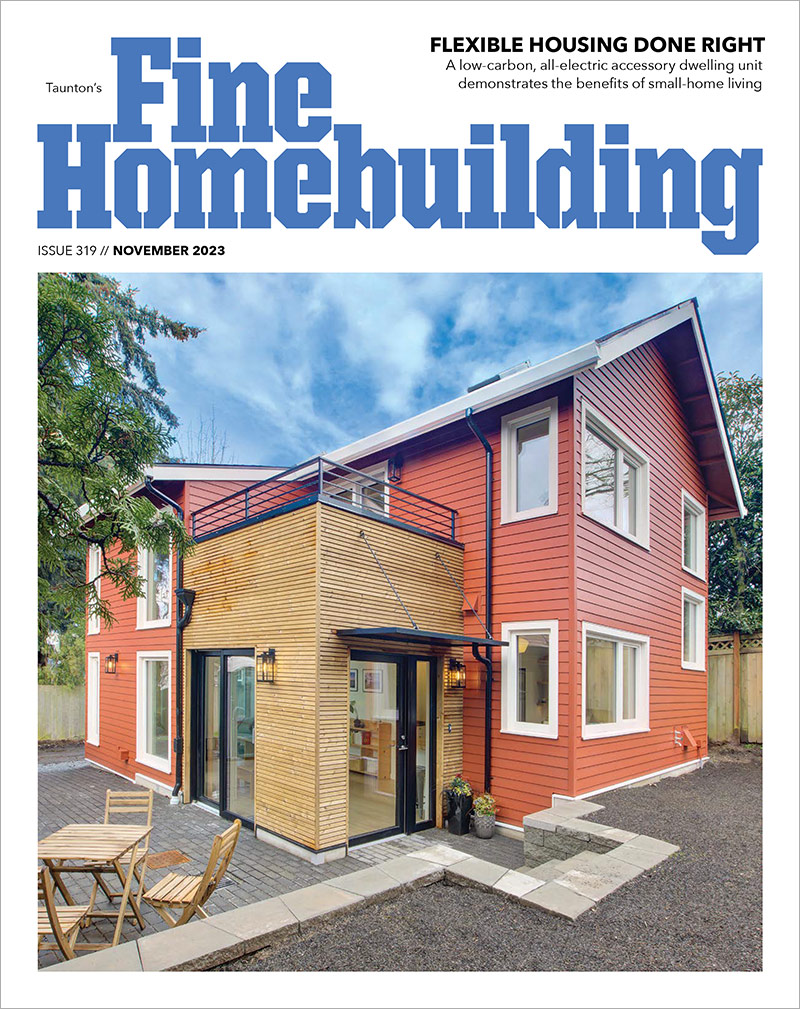*
I had a concrete floor poured in my garage / shop last fall. The slab has tubing embedded in it for radiant heat, or I’d make the idiot who installed it bust it out and do it again. Despite my explicit instructions to pitch it to the front he poured it essentially flat. I say “essentially” because it varies an inch from high to low and has low spots where water puddles (right in front of the overhead doors..). Pretty bad.
Anyway, I’m trying to figure out how to fix it. I’ve heard about epoxy leveler and I’m wondering if this is an appropriate application. I’d like to build it up in back (to create at least 2 inches of pitch) as well as fill in the low spots. Anyone with experience here willing to share it I will be forever in your debt.
Discussion Forum
Discussion Forum
Up Next
Video Shorts
Featured Story

Learn more about the benefits and compliance details for the DOE's new water heater energy-efficiency standards.
Featured Video
How to Install Exterior Window TrimHighlights
"I have learned so much thanks to the searchable articles on the FHB website. I can confidently say that I expect to be a life-long subscriber." - M.K.

















Replies
*
I had a concrete floor poured in my garage / shop last fall. The slab has tubing embedded in it for radiant heat, or I'd make the idiot who installed it bust it out and do it again. Despite my explicit instructions to pitch it to the front he poured it essentially flat. I say "essentially" because it varies an inch from high to low and has low spots where water puddles (right in front of the overhead doors..). Pretty bad.
Anyway, I'm trying to figure out how to fix it. I've heard about epoxy leveler and I'm wondering if this is an appropriate application. I'd like to build it up in back (to create at least 2 inches of pitch) as well as fill in the low spots. Anyone with experience here willing to share it I will be forever in your debt.